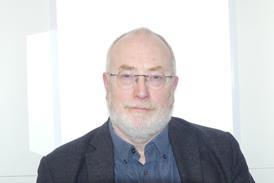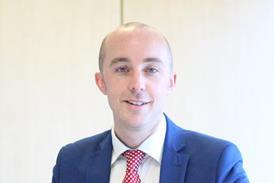The data HSJ reveals today on the patients GPs exempt under the quality and outcomes framework raises questions about whether the system is being abused.
It also throws a spotlight on the determination of primary care to help the most needy.
The framework funds and rewards GP practices for delivering high-quality care against a range of national standards, covering everything from cervical screening to blood pressure monitoring. The higher the proportion of target patients treated, the more a GP gets paid. But some patients are "excepted" from the payment calculations.
Excepting is an integral, sensible part of the system. The alternative would be a perverse incentive for GPs to carry out pointless work such as checking the blood pressure of terminally ill patients.
But some practices except 10 times the national average for particular indicators. This raises concerns about whether a small minority of the country's 35,000 GPs are abusing the system.
There are a host of legitimate reasons why an exception rate may be high. Nonetheless, both the Department of Health and the Audit Commission are worried that abuse could exist. The huge variations need to be investigated.
But while the data for individual practices is illuminating, it is the totals across each primary care trust which are most revealing.
The average exception rate for the PCT at the bottom of the list is double that of the best performer. So what is the explanation? There is no strong link between either ethnicity or deprivation and high exception rates. For example, Tower Hamlets, Leicester City, Heart of Birmingham, Hartlepool and Newham PCTs all have relatively low rates of exception reporting, while much more affluent and less diverse areas are in the bottom half of the exception table.
Many PCTs have admitted to the National Audit Office that their processes for checking the rules are being followed may not be robust. The table we have published indicates a widespread need to investigate previous quality and outcomes framework submissions to understand why comparable areas have widely varying exception rates.
It is no accident that Harrow PCT has the lowest rates in the country - it has a policy of vigorously investigating practices with high exception rates. If all PCTs followed the example of the best, millions of pounds might be saved.
But it is not just the potential for inflated payments which makes the wide variations in exceptions an issue for the NHS.
To anyone outside the service, the framework would sound like some desiccated accounting procedure which means little in the real world.
But if the payment system is being undermined by excessive exception reporting, this could be working against moves to reduce health inequalities.
For the indicators HSJ has analysed, almost a third of PCTs are on average excepting more than one in 12 of their population.
This could mean, in thousands of cases, that these patients have in effect fallen off the NHS radar. They are no longer in the system.
Many GPs will have made countless calls, sent innumerable letters, to try to goad their wayward patients to face up to their health risks.
But the suspicion must remain that many patients have to all intents been dumped out of the NHS; the GP has given up on them, and too many PCTs are failing to bring these patients back.
This must undermine the government's drive to reduce the terrifying variations in life chances. It is often the very people who are being excepted who the NHS needs to help if it is to meet the aspiration of "adding life to years and years to life".
PCTs and their strategic health authorities need to get a firm grip on exception numbers. This means driving the totals down, rooting out any dishonesty and bringing patients in from the cold.
























No comments yet